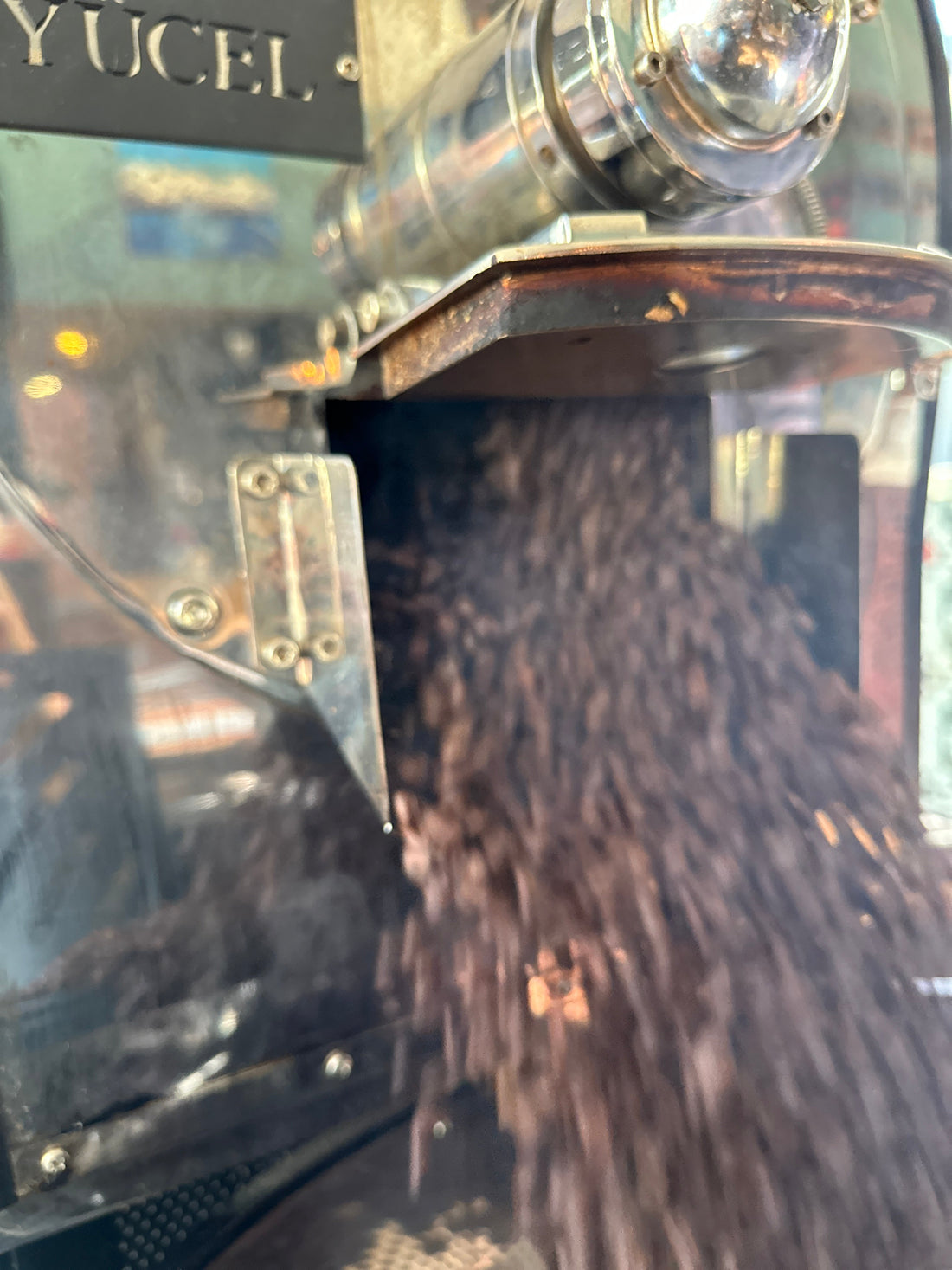
Is Roasting Your Own Coffee Beans in a Cafe a Good Idea?
Share
The smell of freshly roasted coffee beans is captivating, and for cafe owners, the idea of roasting their own beans can be an exciting prospect. But is it a good idea for cafes in Australia, New Zealand, and the Pacific Islands to venture into coffee roasting? Let’s explore the opportunities and challenges of this growing trend.
The Appeal of Roasting Your Own Coffee Beans
1. Unmatched Freshness
Roasting coffee in-house allows cafes to serve the freshest coffee possible. This freshness can set your cafe apart in competitive markets like Sydney, Auckland, and Suva.
2. Unique Flavour Profiles
By roasting your own beans, you have full control over the flavour. This gives your cafe a unique identity and an opportunity to attract coffee enthusiasts.
3. Cost Savings (Eventually)
While there are upfront costs for equipment and training, roasting your own beans can reduce dependency on third-party suppliers over time.
4. Enhanced Customer Experience
Coffee roasting adds an experiential element to your cafe. Customers are often intrigued by the process and may appreciate the added transparency and craftmanship.
The Challenges of Roasting In-House
1. Initial Investment
A commercial-grade coffee roaster can cost between $10,000 and $50,000, depending on its capacity. Additionally, you’ll need a suitable space and proper ventilation, which can increase setup costs.
2. Learning Curve
Roasting coffee is both an art and a science. It requires significant training to achieve consistent results. Mistakes in the learning phase can lead to wasted beans and money.
3. Time Commitment
Roasting is time-intensive and adds another layer of responsibility to your operations. For small cafes, this might stretch resources too thin.
4. Compliance and Regulations
In Australia, New Zealand, and the Pacific Islands, food safety and environmental regulations vary. Ensuring your roasting setup meets local requirements is essential.
Is It Worth It for Cafes in the Pacific Region?
Australia
With a thriving coffee culture in cities like Melbourne and Sydney, roasting in-house can be a great way to stand out. However, the market is competitive, and quality expectations are high. Only consider this step if your cafe already has a strong customer base.
New Zealand
New Zealanders appreciate specialty coffee, and in-house roasting can appeal to this market. Smaller cities and towns may benefit even more as roasted-in-house coffee could become a local attraction.
Pacific Islands
While the coffee culture is still growing in places like Fiji, introducing in-house roasting could position your cafe as a pioneer. However, sourcing quality green beans and managing logistics might pose challenges.
Key Tips for Success
-
Start Small: Consider a sample roaster before committing to larger equipment.
-
Partner with Experts: Work with local roasters or consultants to learn the craft.
-
Market the Experience: Use in-house roasting as a marketing tool by hosting tastings or showcasing the roasting process to customers.
-
Source Locally (Where Possible): Highlighting locally sourced green beans can resonate with customers who value sustainability and regional pride.
Conclusion
Roasting your own coffee beans in a cafe can be a rewarding venture, but it’s not without challenges. In markets like Australia, New Zealand, and the Pacific Islands, where coffee appreciation is diverse, this step can enhance your brand’s identity and draw in a loyal customer base. Carefully consider your resources, customer expectations, and long-term goals before diving in. With the right approach, in-house roasting could be the key to your cafe’s success.